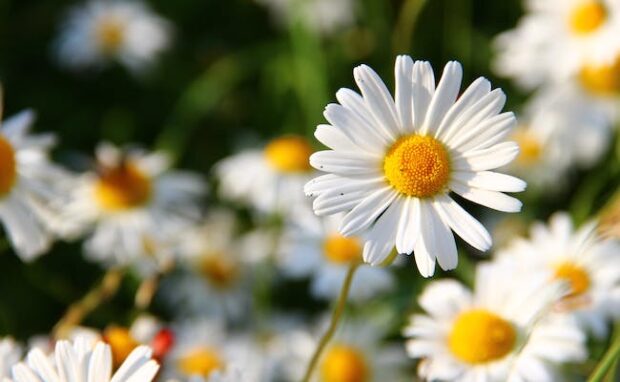Natural selection could slow evolution: study
Scientists have discovered that natural selection may impede evolution instead of facilitating it. Evolutionary biologist Jeff Conner from Michigan State University said, “Natural selection can also cause similarities.” As a living organism changes, it can lose genetic flexibility, causing specific traits to remain across generations.
People have assumed for many years that natural selection is nothing but a positive force of nature. We believe change only improves animals and plants, but that might not always be true. This experiment proves that natural selection may breed stagnancy for specific species. In response, it may encourage us to manage our environmental impact.
This article will discuss how the scientists found this unique exception for natural selection. Later, I will show you a recent strange evolutionary trend in flowers.
How can natural selection stop evolution?

Researchers explain that animal and plant traits require genetic variation to evolve. Genetic variation means having several genes contributing to a trait.
Those that lack variation have constraint, impeding evolution even if it’s favorable to evolve. Scientists based this phenomenon on the tendency of a species to lose genetic flexibility as it changes over time.
Consequently, specific traits stabilize across generations. “Natural selection has given us a lot of that diversity, probably most of it. But natural selection can also cause similarities,” evolutionary biologist Jeff Conner stated.
“Our work flips the script on that a little bit. We’re suggesting that selection can also slow things down, that it can cause similarities as well as differences.”
Connor and his colleague wanted to see whether this is why wild radish (Raphanus raphanistrum) flowers have different anther lengths. Previously, its anthers were the same lengths.
ScienceAlert said natural selection maintains this length difference called “anther separation.” Their study involved six generations with 3,437 wild radish plants. Also, they used artificial selection to breed wild radishes to restore their primitive appearance.
You may also like: Starfish is one giant head, says scientists
“If a trait responds to artificial selection, it clearly can evolve. But if the trait does not respond, there is a constraint caused by a lack of genetic variation,’ the researchers wrote in their paper.
As a result, the researchers reduced the difference in the stamen lengths by more than 30%. The change shows the wild radish can still evolve, so it is unlikely to have a constraint.
Instead, natural selection could be maintaining the different stamen lengths. “This family of plants has maintained this four-long, two-short trait over 50 million years, and we can get rid of a third of the difference in five generations, which would be five years,” Conner said.
Another strange evolution

The French National Center for Scientific Research (CNRS) and the University of Montpellier have discovered a troubling evolutionary trend among flowers. More are switching from cross-pollination to self-pollination!
Many flowers rely on insects like bees and butterflies to spread their pollen far away. Eventually, other flowers receive pollen to initiate the creation of fruits and vegetables. However, insect populations have declined, causing these plants to rely on themselves to reproduce.
The researchers discovered this trend while studying modern field pansies and previous species. “Population genetics analysis reveals a 27 percent increase in realized selfing rates in the field during this period,” the researchers said.
It may seem like no problem because they can still reproduce with self-pollination. However, the scientists discovered that newer ones are less diverse than older ones.
The flowers become more susceptible to environmental changes, making them more likely to go extinct. “We documented trait evolution towards smaller and less conspicuous corollas, reduced nectar production, and reduced attractiveness to bumblebees, with these trait shifts convergent across the four studied populations,” the scientists observed.
The flower’s surface became 10% smaller, making them less attractive to insects. Consequently, they get fewer pollination visits, reducing the need to produce nectar and make themselves attractive.
“This study demonstrates that plant mating systems can evolve rapidly in natural populations in the face of ongoing environmental changes,” write the researchers.
You may also like: AI system helps create climate-resilient crops
“The rapid evolution towards a selfing syndrome may, in turn, further accelerate pollinator declines, in an eco-evolutionary feedback loop with broader implications to natural ecosystems.”
As climate change worsens, it perpetuates a vicious cycle of declining insect and flower populations. Soon, it could cause worldwide hunger.
We need bees, butterflies, and other insects to help flowers to produce fruits and vegetables. If they disappear, many of our food staples may join them.
Conclusion
Scientists discovered that natural selection may prevent animals and plants from evolving. Contrary to popular belief, some animals and plants have the tendency to lose genetic flexibility as it changes over time.
Eventually, future generations will maintain specific traits. However, we could perform artificial selection to enable the species to evolve.
Learn more about this natural selection study by reading its New Phytologist Foundation webpage. Also, check out the latest digital tips and trends at Inquirer Tech.